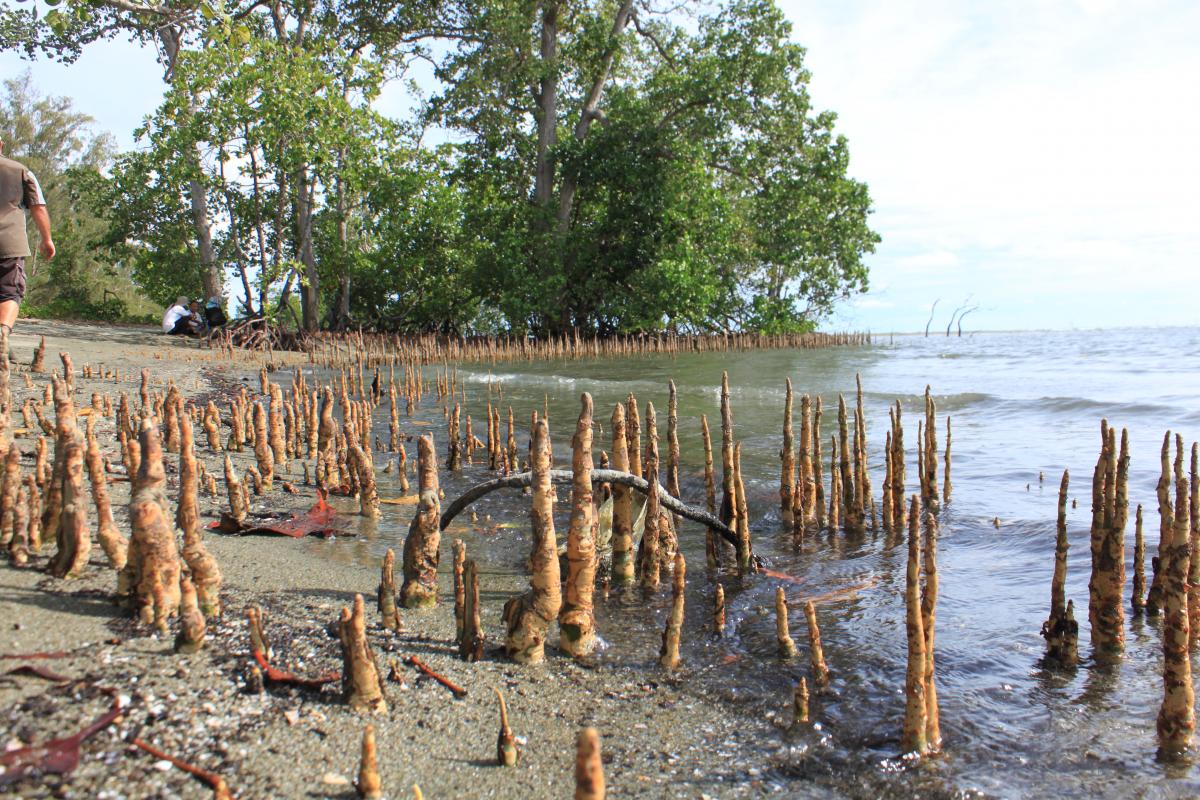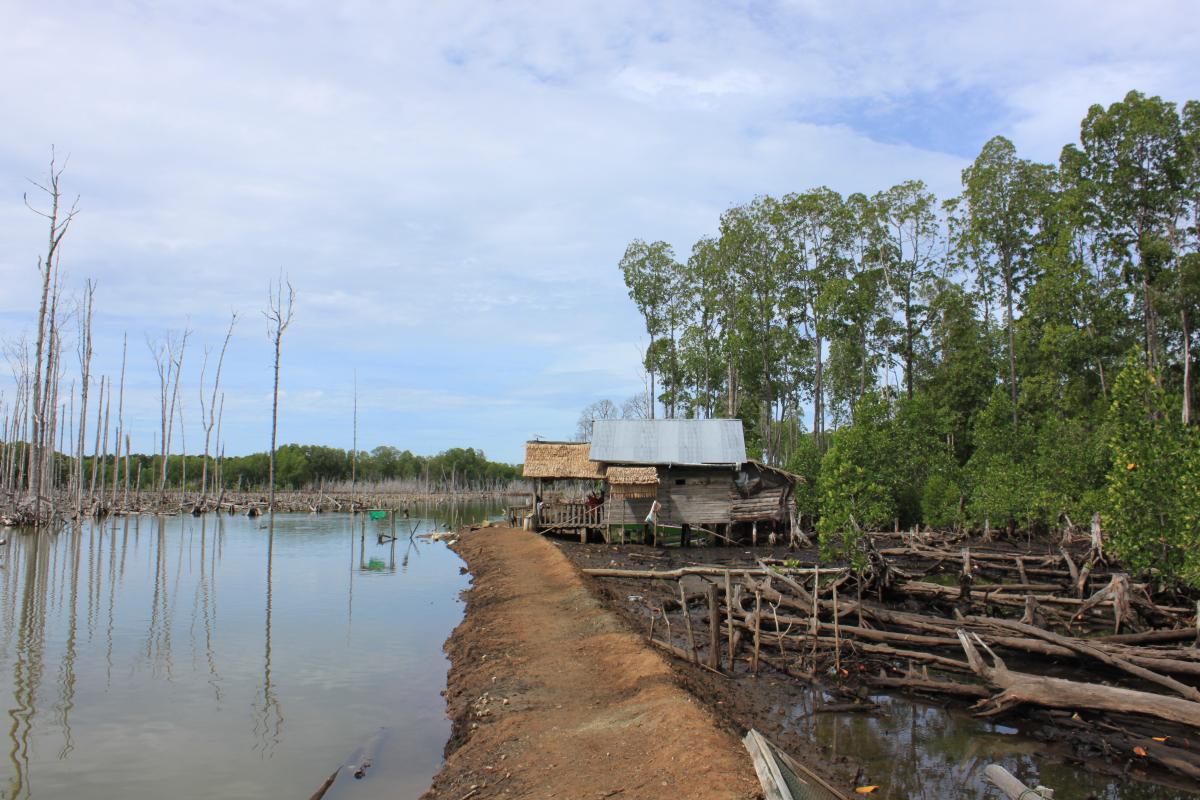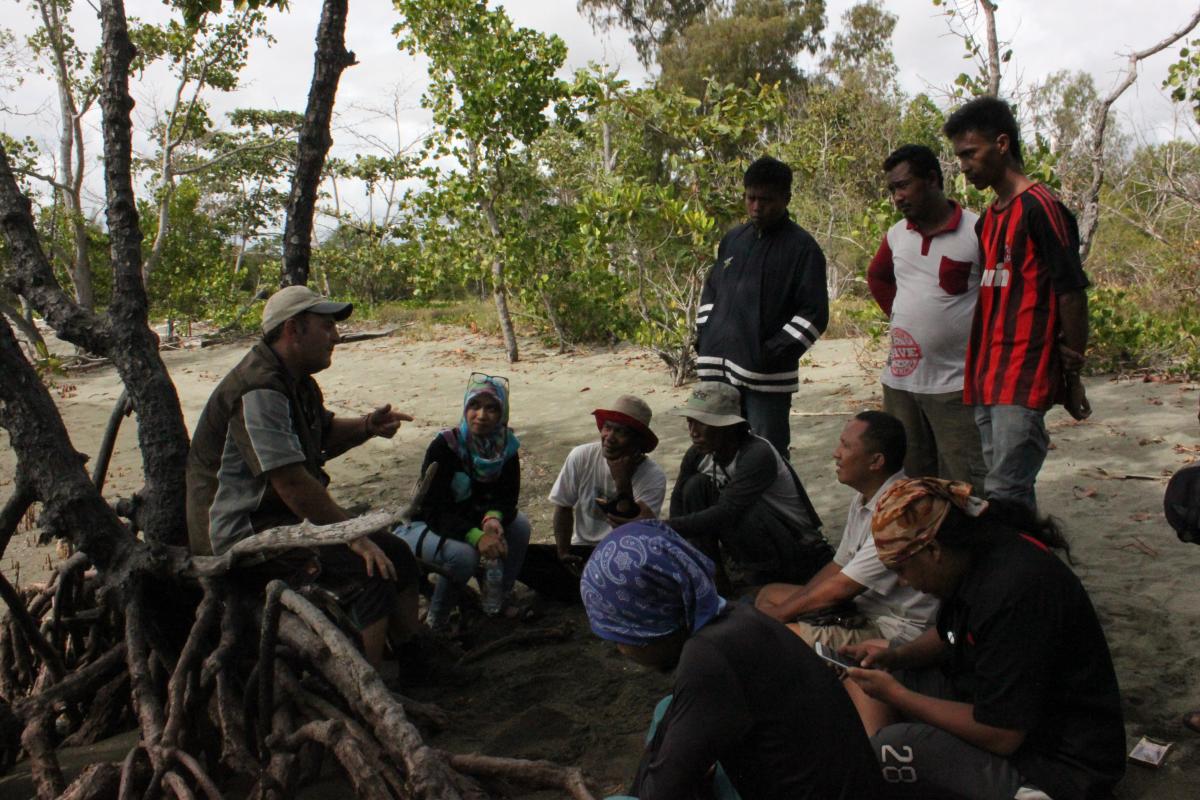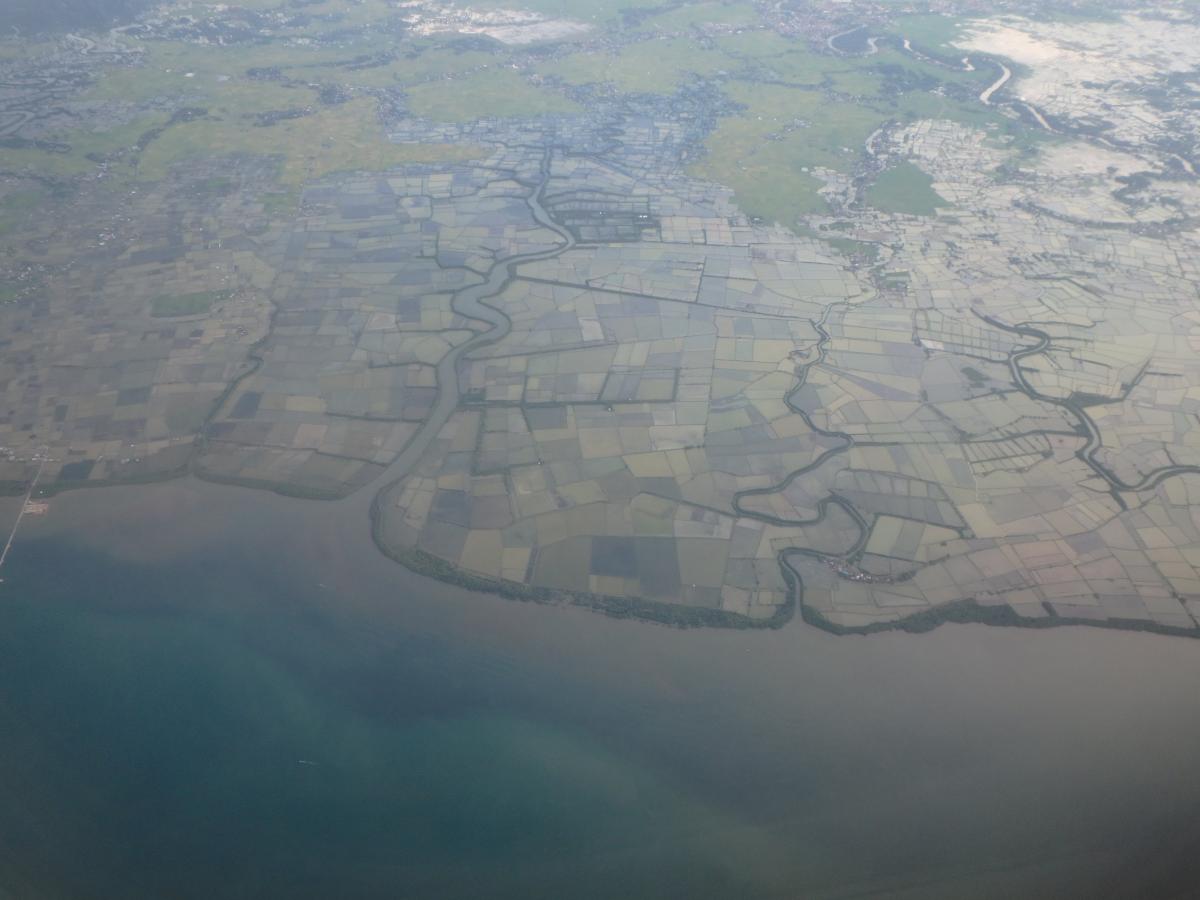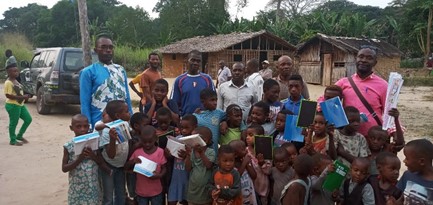Blog - Building consensus: importance of landscape vision for coastal communities
In this blog, Li Jia, Forest Landscape Restoration Coordinator, IUCN Asia Regional Office reflects on her visit to Sulawesi Island, Indonesia and the importance of the Restoration Opportunities Assessment Methodology (ROAM) in driving local stakeholders towards achieving a common goal of sustainable coastal management.
Situated in Gorontalo Province, Tanjung Panjang lost around 40% of its coastal mangroves in the last 10 years due to illegal aquaculture expansion. To reverse the loss of mangrove forests, local NGOs have been actively engaged in mangrove protection and restoration. The Provincial Multi-stakeholder, Mangrove Management Working Group (locally known as the KKMD) has also been advocating restoration by providing a space for dialogue on the sustainable management of mangroves.
During a recent field visit to the area, we met with the local district head, nature reserve managers, and law enforcement officers, all of which were very supportive of restoration. The local district head even said “Restoration is the only option. The mangroves must be restored and the people can no longer farm fish there.” Everyone we met sent a very strong message about the need for stronger measures to stop fish farmers from illegal land conversion. While it is unclear in what ways enforcement will be put in place, the social tension is certainly high with regard to the different interests/approaches to coastal zone management.
It is against this background that the Restoration Opportunities Assessment Methodology (ROAM) can be put to good use. ROAM, produced by IUCN and the World Resources Institute (WRI), aims to identify institutional/policy opportunities and spatial priority areas for landscape restoration as well as develop technical packages for implementing restoration strategies. In the context of Tanjung Panjang, KKMD has been a key local multi-stakeholder platform for mangrove conservation and restoration. Through KKMD, ROAM could potentially provide a common goal of sustainable coastal management for local stakeholders. This can, in turn, ease the social tension and minimise the likelihood of social conflicts. KKMD builds on IUCN’s previous and ongoing mangrove work such as SUSCLAM CIDA (2007-2012) and MFF and continues our legacy of building sustainable coastal communities in the region.
Through KKMD regular meetings, a forum was held to introduce ROAM to the different stakeholders governing the landscape: nature reserve managers, NGOs, researchers, government representatives, to discuss how ROAM can address the governance challenges facing Tanjung Panjang. The initial feedback was overwhelmingly positive, however, the age-old question remained: how can we best tackle the underlining social, economic and institutional drivers of mangrove conversion. Nevertheless, one thing is clear: the longer we wait on improving the issues, the more difficult it will become to fix the problems.
During our field trip, Blue Forests staff and I presented about ROAM and community-based Ecological Mangrove Rehabilitation at the Gorontalo State University. The auditorium was filled with over a hundred students who were eager to learn. These students asked questions such as “how to perform ecological restoration and where can fish-farmers go if they are not allowed to continue their aquaculture practices?”. Not only did I see interest in ecological restoration techniques, I also saw the students reflecting on the dilemmas of natural resources governance. Such issues can only be resolved through dialogues and innovative landscape management models. I was truly inspired by these youths and look forward to seeing them again when I return to Indonesia.
